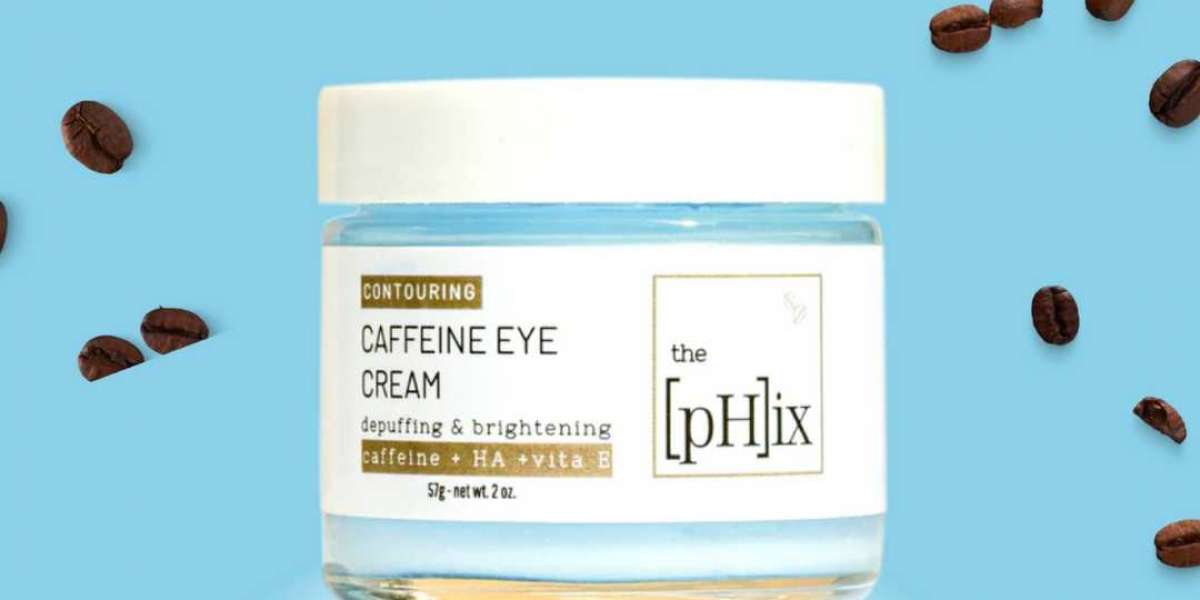Dark circles under the eyes can be a frustrating cosmetic concern for people. Whether they are caused by genetics, lifestyle factors, or other underlying issues, finding an effective solution can feel like a daunting task. Dark circles under the eyes are a common cosmetic concern that can make you look tired, stressed, and older than you are. However, with the right knowledge and products, you can diminish the appearance of dark circles and achieve a brighter, more youthful look. In this article, we will discuss the causes of dark circles and explore how eye creams, particularly those focused on skin barrier repair and labeled as the best dark-circle eye creams, can make a significant difference.
Causes of Dark Circles
- Genetics and Skin Pigmentation For some individuals, dark circles are simply a genetic trait. People with darker skin tones or those with thinner skin under the eyes may be more prone to visible discoloration in this area.
- Age and Loss of Skin Elasticity As we age, the delicate skin around the eyes becomes thinner and loses elasticity, making the blood vessels beneath more visible and contributing to the appearance of dark circles.
- Lack of Sleep and Fatigue Insufficient sleep or chronic fatigue can cause the blood vessels beneath the eyes to dilate, creating a darker tint in the under-eye area.
- Allergies and Sinus Problems Allergies, sinus infections, and other respiratory issues can lead to inflammation and fluid buildup around the eyes, resulting in dark circles.
- Dehydration Dehydration can cause the skin to appear dull and sunken, emphasizing the shadows under the eyes and creating a darker appearance.
- Sun Exposure Prolonged exposure to the sun's UV rays can cause hyperpigmentation and increase the visibility of dark circles.
How Eye Creams Can Help
While lifestyle changes like getting adequate sleep and managing allergies are crucial for addressing dark circles, incorporating the right skincare products can also make a significant difference. Eye creams formulated specifically to target dark circles can provide multiple benefits:
Hydration: Moisturizing ingredients such as hyaluronic acid and glycerin help hydrate the delicate skin around the eyes, reducing the appearance of fine lines and wrinkles that can accentuate dark circles.
Brightening Agents: Ingredients like vitamin C, niacinamide, and licorice extract work to brighten and even out skin tone, minimizing the appearance of dark circles and discoloration.
Caffeine: Known for its ability to constrict blood vessels, caffeine can help reduce puffiness and dark circles by improving circulation and reducing fluid retention.
Retinol: A derivative of vitamin A, retinol stimulates collagen production and increases cell turnover, leading to thicker, firmer skin that is less prone to dark circles.
Skin Barrier Repair: Eye creams containing ceramides, fatty acids, and cholesterol help strengthen the Skin Barrier Repair naturally, preventing moisture loss and reducing sensitivity, which can exacerbate dark circles.
We understand the frustration of dealing with dark circles and the desire for a refreshed youthful appearance. That's why The Phix has formulated its Best Dark Circle Eye Cream with a potent blend of active ingredients specifically designed to target the root causes of under-eye discoloration. Our eye cream harnesses the power of skin barrier repair, combining ceramides, antioxidants, and hydrating agents to strengthen the delicate skin around the eyes and improve overall skin health. We have included brightening and color-correcting agents, such as vitamin C and licorice root extract, to neutralize and diminish the appearance of dark circles.








